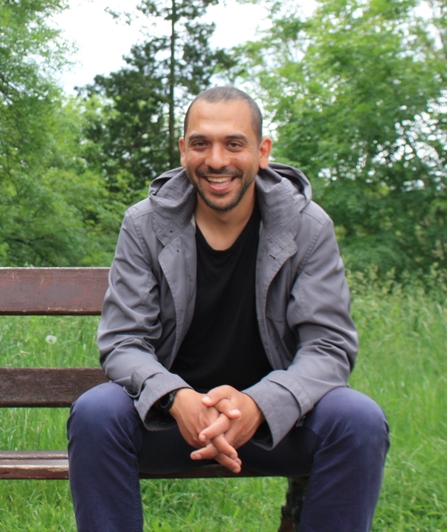The Black and Green Ambassadors for Bristol started off as a response to Bristol being named the European Green Capital back in 2015. There was a feeling that many of the conversations that were starting around that time were missing out on the diversity of thought and opinion found in the city, specifically from its Black and brown communities. The Ambassador programme was set up in 2016 both to catalyse a new generation of leadership from those communities and to be a platform for other underserved voices.
I grew up in London, with a few parks a five-to-ten-minute walk away. None of them were particularly amazing, but I realise how lucky I was to have access to them. Our real privilege was to have a large (for London) back garden; from birth I could always run out into that space – coming home from school, at the weekend, through the eternal feeling of summer holidays. It was a place of peace, a place to put some distance between urban life and my thoughts. To complete the scene, I need to add in the wild west coast of Scotland. My mum is Scottish, and we grew up going to the island of Iona every summer, getting to be ‘free range kids’ for a few weeks. Such outdoor memories shaped and moulded me in ways I’m still reckoning with now, and I continue to hold a fascination with how other people’s outdoor experiences construct the way they think and act.


